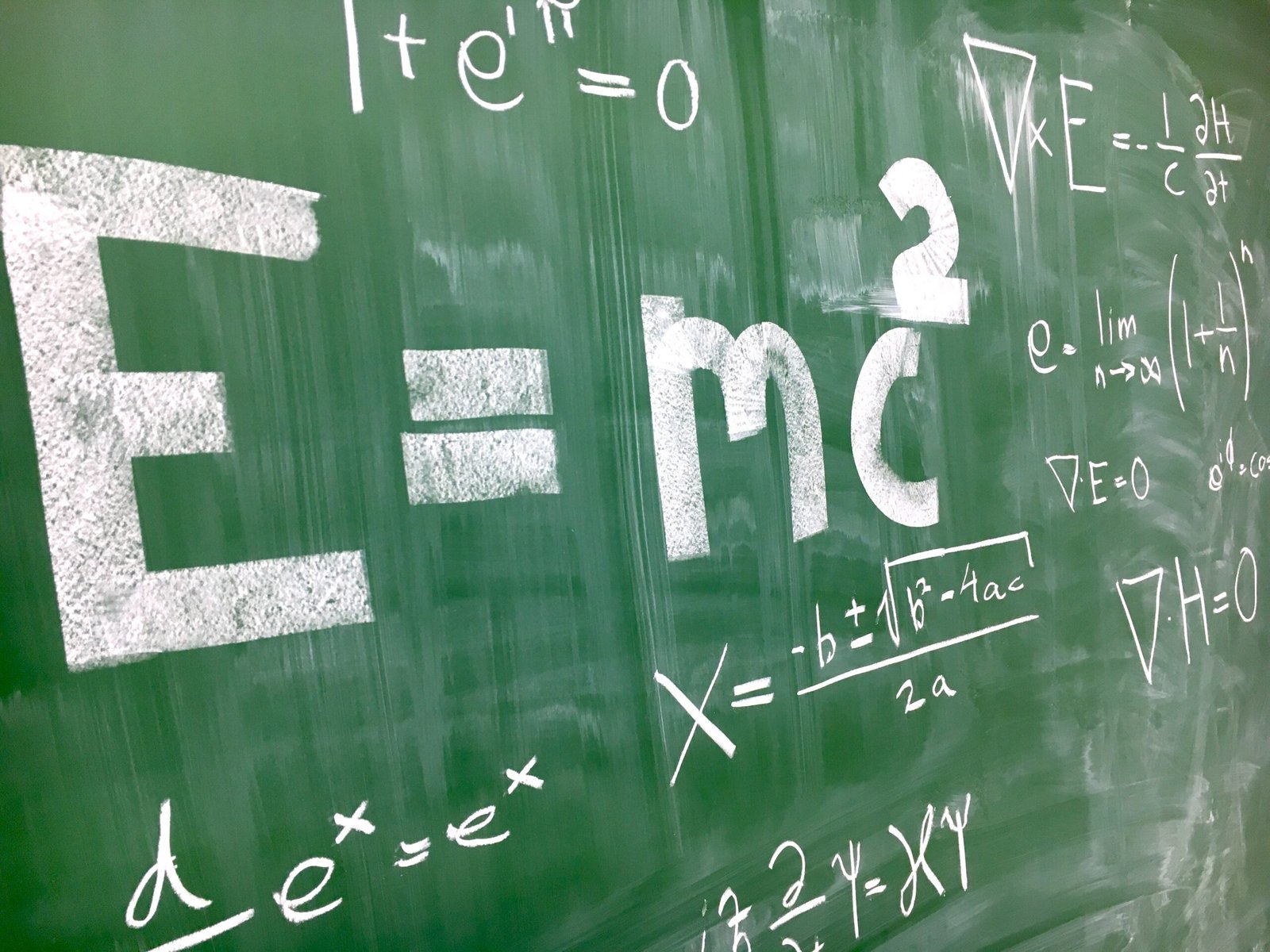Introduction: The Early Days of NLP and its Roots in Machine Translation
NLP, or natural language processing, is a field of computer science and linguistics concerned with the interactions between computers and human languages. NLP technologies are used in a variety of applications, including automatic speech recognition, machine translation, information retrieval, question answering, and text mining.
The history of NLP goes back to the early days of machine translation (MT), which was developed in the 1950s in an attempt to translate languages using computers. MT systems were based on rules that mapped one language to another. These rules were written by hand by expert linguists, and as such, MT was very limited in its ability to translate languages accurately.
In the 1960s and 1970s, researchers began exploring ways to create computational models of human language understanding. This led to the development of statistical methods for NLP, which relied on large amounts of data instead of hand-crafted rules. These methods proved to be much more successful than rule-based approaches, and they are still used today in many NLP applications.
With the advent of deep learning in the 2010s, NLP has undergone a dramatic shift. Deep learning algorithms have been used to achieve state-of-the-art results in many NLP tasks, such as machine translation and sentiment analysis. This has opened up new possibilities for NLP applications and has made it possible for machines to understand language in ways that were previously thought to be impossible.
The Pioneers of NLP: A Look at Key Figures and Their Contributions
Some of the key figures in the field of NLP are John McCarthy, Marvin Minsky, Alan Turing, and Noam Chomsky. Each of these pioneers made important contributions to the development of NLP.
John McCarthy is credited with coining the term “artificial intelligence” and was an early advocate for using computers to simulate human intelligence. He also developed several important AI techniques, including heuristic search and means-ends analysis.
Marvin Minsky was another early pioneer of AI and helped develop the field of cognitive science. He also wrote one of the first texts on artificial intelligence, which introduced many important concepts still used today.
Alan Turing is best known for his work on cracking the Enigma code during World War II, but he also made important contributions to the field of computing. In particular, his paper “On Computable Numbers” laid the foundation for much of modern computer science. He also proposed the famous Turing test as a way to measure a machine’s intelligence.
Noam Chomsky is one of the most influential linguists of the 20th century and has had a major impact on both linguistics and cognitive science. His work has helped transform our understanding of language and how it is processed by the mind.
The Evolution of NLP: From Rules-based Systems to Statistical Methods
The term “NLP” was first coined in the 1950s by Alan Turing, who used it to refer to the process of teaching a computer to understand human language. In the early days of NLP, rules-based systems were developed to enable computers to analyze and interpret human language. These systems relied on hand-coded rules that had to be manually created by experts.
With the advent of machine learning in the 1980s, NLP began to move away from rules-based systems and towards statistical methods. This shift allowed NLP algorithms to be automatically learned from data, rather than being explicitly programmed by humans. Statistical methods have become increasingly popular in NLP over the past few decades, as they have proven to be more effective at dealing with the complexities of human language.
Today, NLP is used in a variety of applications ranging from machine translation to chatbots. As the field continues to evolve, we can expect to see even more amazing applications of NLP in the future.
From Machine Translation to Artificial Intelligence: How NLP has Advanced
The field of natural language processing (NLP) has seen significant advances in recent years, thanks in part to the increasing availability of data and advances in artificial intelligence (AI) technology.
Machine translation is one area where NLP has made great strides. Thanks to deep learning, machine translation can now generate translations that are close to human-level quality in some cases. This has opened up new possibilities for using machine translation for tasks such as real-time communication with people who speak different languages.
Another area where NLP has seen advances is in automatic text understanding and generation.Deep learning models can now generate realistic-sounding text that is coherent and consistent with the input data. This has applications in areas such as customer support, where automated agents can generate realistic responses to customer queries.
In the future, we can expect to see further advances in NLP as more data becomes available and AI technology continues to improve.
The Impact of NLP on the field of Artificial Intelligence
NLP has had a profound impact on the field of Artificial Intelligence. It has allowed machines to understand and process human language, which is a critical step in achieving artificial intelligence. NLP has also helped improve machine learning algorithms, making them more effective at tasks such as image recognition and classification.
Real-world Applications of NLP Evolution: From Language Translation to Chatbots
Throughout its history, NLP has been used for a variety of purposes, including language translation and chatbots.
One of the earliest applications of NLP was machine translation. This was a process by which computers would translate one language into another. This was a difficult task for early computers, as they had to deal with different grammar rules and vocabulary between languages. However, with the advent of more powerful computers and better software, machine translation has become much more accurate and reliable.
Nowadays, NLP is used in many different ways. One popular use is in chatbots. Chatbots are computer programs that can mimic human conversation. They are often used to provide customer support or to help people find information online. Chatbots are powered by NLP algorithms that allow them to understand human language and respond in a way that sounds natural.
Another common use for NLP is sentiment analysis. This is a process by which computers analyze text to determine the emotions it contains. This can be used to gauge public opinion on a particular topic, or to monitor customer satisfaction with a product or service. Sentiment analysis is powered by algorithms that identify positive and negative words in text, as well as the context in which they are used.
Conclusion: The Future of NLP and its Role in Human-computer Interaction
NLP has come a long way since its humble beginnings in machine translation. It has grown into a powerful tool for human-computer interaction, with applications in everything from search and information retrieval to dialogue systems. The future of NLP is bright, and it will only become more important as we continue to rely on computers for more and more tasks.







